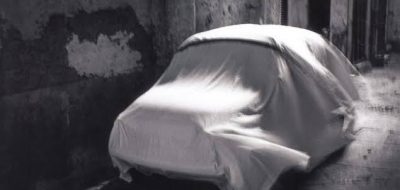One of the exhibits in CerModern’s Ipekyolu exhibition, which presents Italian contemporary art, was a photograph by Mimmo Jodice titled “Vedute di Napoli, Opera 29” (in Turkish “Napoli Manzaraları, Çalışma 29”). In order to dig deeper into the meaning of the title (which is a term I made up and not a real one), some background on the earlier period should be given.
Futurism was a movement that originated in Italy in the early twentieth century and had its peak before WW2. The core ideas of the artistic movement explain its sudden fall in popularity after history’s most devastating war: futurism glorified violence, war, change, and furious youth. Futurists were great fans of new technology, especially military technology, and declared that the masculine youth should violently destroy all that is old in order to achieve glory. They were inspired mainly by Nietzsche’s works and his notion of “predator/master” mentality. After the war, however, adherents of futurism have realized the true violence that did not fit their fantasy, to say the least.
Below is an example of futurist photography. The core identification is the blur caused by the movement of the subject. And as it was earlier mentioned, rapid movement and change are the things that lie at the foundation of futurism.
Now let us return to the main topic – the photograph by Jodice. It was taken in 1980 – a considerable while after the disappointment in the ideas of futurism.
It would have seemed like a regular photograph of some random street if not for one minor detail: the blur in the corners of the cover on the car. That slight blur is a glimpse at what is left of once praised futurism. So what do we see there? What does that movement mean? Is it hope for renewal? It seems to be quite the opposite, for if we look at what is moving, we see a cover. That cover only hides the old (old design of a car even at the time it was photographed). The old is hidden beneath the cover, abandoned on an uninhabited street, but it is still there. What adds to the irony is the fact that the car – futurists’ favorite symbol of motion – is the one stationary in this composition.
Taking into account the political events and the artistic history prior to this photograph, we now see a sad irony, even malicious mocking, that the artist put forth. “You are not a speeding automobile,” he says to the gone futurists, “you are a blanket slightly swayed by the wind”.




